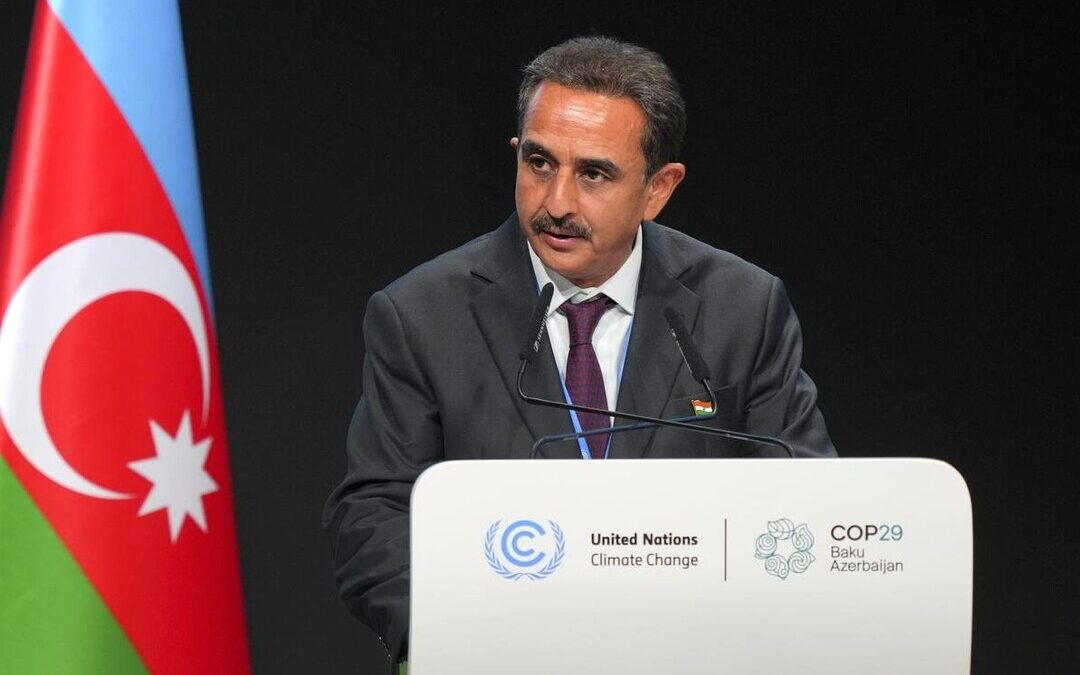India Hits Energy Transition Milestone, Meets 2030 NDC Goal 5 Years Early
India surpasses climate targets with record renewable energy growth, early NDC achievement, and Mission LiFE push.
India has reached a significant benchmark in its energy transition, achieving 50 percent of its installed electric power capacity from non-fossil fuel sources five years ahead of its 2030 target under the Nationally Determined Contributions, the government said on Monday.
The milestone, announced in Parliament by the Ministry of Environment, Forest and Climate Change, positions India as one of the few Group of 20 countries on track to meet or exceed its climate pledges under the Paris Agreement.
NDCs are each country’s self-defined climate action plans, specifying how they will reduce greenhouse gas emissions and adapt to climate change impacts
The government attributed the progress to a suite of national policies and schemes designed to scale up renewable energy capacity, enhance energy efficiency, and integrate citizen-led initiatives such as “Mission LiFE” or Lifestyle for Environment.
“The emission intensity of India’s GDP has already fallen by 36 percent between 2005 and 2020,” Union Minister of State Kirti Vardhan Singh said in a written response. “This underscores our commitment to decoupling economic growth from carbon emissions and accelerating the energy transition in India.”
Renewable Energy Sees Huge Increase
India’s installed solar energy capacity surged from 2.82 gigawatts in 2014 to 116.25 gigawatts by June 2025 — a more than 41-fold increase, placing the country among the global leaders in renewable energy deployment.
This expansion forms the backbone of India’s decarbonization strategy, which also includes wind power, hydroelectric power, and other non-fossil fuel technologies.
The shift is part of the broader National Action Plan on Climate Change, which encompasses nine national missions targeting key sectors, including solar energy, sustainable urban development, water resources, agriculture and public health.
States Align with National Climate Goals
In line with the revised NDCs, 34 Indian states and union territories have submitted State Action Plans on Climate Change to support localized adaptation and mitigation strategies.
These regional efforts complement federal programs such as the Green India Mission and Smart Cities initiative, both of which aim to build climate resilience and reduce emissions in urban centers.
Citizen Engagement Through Mission LiFE
The government has also emphasized the role of citizens in climate action, citing Mission LiFE, a behavior-change campaign promoting sustainable consumption and individual responsibility.
Initiatives like “Ek Ped Maa Ke Naam” are designed to encourage grassroots participation in environmental efforts.
Despite having one of the world’s lowest per capita emissions, India’s rapid progress in climate performance has drawn global attention ahead of the next round of international climate negotiations.
Nirmal Menon
Related posts
Subscribe
Error: Contact form not found.


